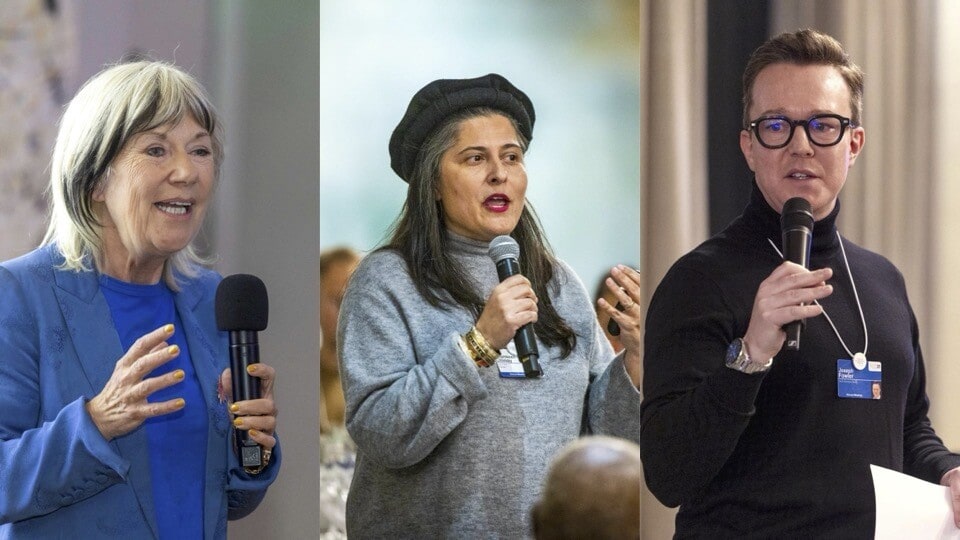These photos show the world of science in stunning detail

Entrants were asked to take a visually appealing picture that tells a science story Image: Yevhen Samuchenko/RPS
From the structure of a soap bubble to a close-up of a gas nebula thousands of light years from Earth, prepare to see science through a whole new lens.
The inaugural Science Photographer of the Year competition, organized by the UK’s Royal Photographic Society, has produced an incredible collection of images captured by photographers of all ages and experience levels.
Entrants were asked to take a visually appealing picture that tells a science story. The photographers used technology ranging from a radio digital telescope to the humble smartphone. The winner will be announced at the Science Museum in London at the beginning of October.
Here is a selection of the shortlisted entries.

Bubbles, which optimize space and minimize their surface area for a given volume of air, are a useful tool in many areas of research like materials science.

Created as part of a final major project for a master's in photography, this picture shows oxygen being studied to find treatments for Myalgic Encephalomyelitis (ME).

The high-mountain lake Gosaikunda in the Himalayas, Nepal, with the Milky Way overhead. The galaxy is thought to span for up to 200,000 light years.

A safety pin connected to a high-tension AC generator, creating a corona glow around the pin. The camera did not actually capture light reflected on the pin but rather the light emitted by the ionized air around it.

This picture of a small beetle - a pest in stored grain and flour products - was taken with a scanning electron microscope and coloured in Photoshop.

The North America Nebula, a giant emission nebula – formed of ionized gases – in the constellation of Cygnus. Its shape is the continent of North America, complete with the Gulf of Mexico.

An image of a stag beetle, taken using light microscopy at a magnification of 5X.

Inside the Lovell Telescope – a machine that helps us in our quest to understand space and time – at Jodrell Bank Observatory, northwest England. This image shows the wear on the telescope’s structure.

This species doesn't swim, but instead pulses up and down in the water. Its diet includes sea plankton, and its colouration comes from the algae in the water.
Don't miss any update on this topic
Create a free account and access your personalized content collection with our latest publications and analyses.
License and Republishing
World Economic Forum articles may be republished in accordance with the Creative Commons Attribution-NonCommercial-NoDerivatives 4.0 International Public License, and in accordance with our Terms of Use.
The views expressed in this article are those of the author alone and not the World Economic Forum.
Stay up to date:
United Kingdom
Related topics:
Forum Stories newsletter
Bringing you weekly curated insights and analysis on the global issues that matter.
More on Arts and CultureSee all
Elena Raevskikh and Giovanna Di Mauro
October 22, 2025






